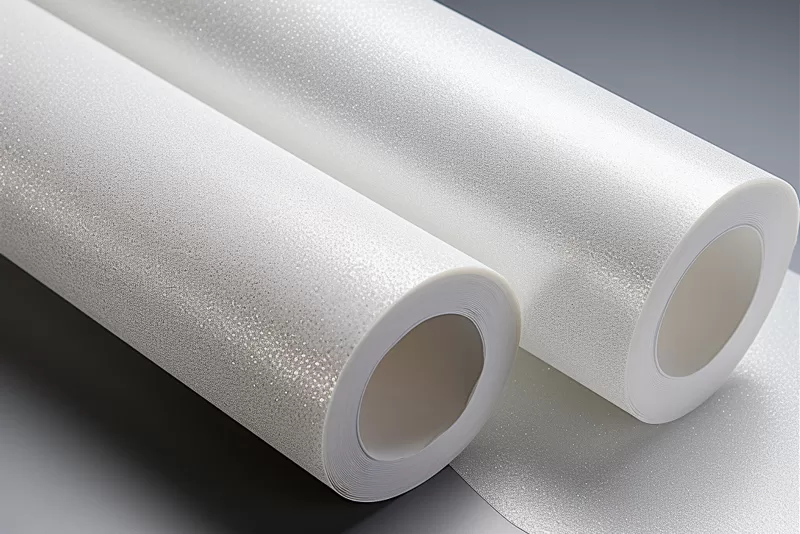The wholesale pricing of glitter film rolls is influenced by various cost factors throughout the production process. Understanding these cost factors is crucial for businesses involved in the glitter film roll supply chain. This article analyzes the key cost factors, from raw materials to manufacturing, that contribute to glitter film roll wholesale pricing.

1. Raw Materials:
The cost of raw materials is a significant factor in glitter film roll wholesale pricing. It includes the base film material, glitter particles, adhesives, and any additional coatings or finishes. Fluctuations in raw material prices, which can be influenced by supply and demand dynamics, availability, and market conditions, directly impact the overall production costs. Suppliers must account for these costs when determining wholesale prices.
2. Production Processes:
The manufacturing processes involved in producing glitter film rolls contribute to their wholesale pricing. These processes include extrusion or coating of the base film, application of adhesives, incorporation of glitter particles, drying, curing, and any additional finishing steps. The complexity of the production processes, the level of automation, and the need for specialized equipment and skilled labor all influence the production costs, which are reflected in the wholesale pricing.
3. Quality Control:
Maintaining consistent quality is essential in glitter film roll production. Quality control measures, such as inspections, testing, and adherence to industry standards, add to the production costs. Investments in quality control processes and equipment contribute to the overall cost structure, ensuring that the manufactured glitter film rolls meet the required standards and customer expectations.
4. Labor Costs:
Labor costs are a significant component of glitter film roll wholesale pricing. Skilled workers are required to operate machinery, handle production processes, and perform quality control checks. The wages, benefits, and labor regulations of the region where the production facility is located impact labor costs. Labor efficiency and productivity also play a role in determining the overall labor costs.
5. Overhead Expenses:
Overhead expenses include various indirect costs incurred during glitter film roll production. These expenses cover items such as facility rent, utilities, maintenance, administrative costs, research and development, and marketing. Overhead expenses are allocated across the production output, influencing the wholesale pricing of glitter film rolls.
6. Research and Development:
Innovation and development of new glitter film roll products and technologies require investments in research and development (R&D). R&D costs, including materials, equipment, and personnel, contribute to the overall cost structure. These costs are distributed among the produced units, impacting the wholesale pricing.
7. Environmental Regulations and Compliance:
Compliance with environmental regulations adds to the production costs. Investments in eco-friendly practices, waste management, and sustainable manufacturing processes contribute to the overall cost structure. Suppliers committed to environmental responsibility may include these costs in their wholesale pricing.
Conclusion:
Glitter film roll wholesale pricing is influenced by various cost factors, including raw material costs, production processes, quality control, labor costs, overhead expenses, research and development, and environmental regulations. Understanding these cost factors is essential for businesses within the glitter film roll supply chain to accurately determine pricing. By analyzing and managing these cost factors effectively, suppliers can establish competitive wholesale pricing while ensuring product quality, sustainability, and profitability.
As a professional dtf glitter film rolls manufacturer in China, Kenteer looks forward to your cooperation.
